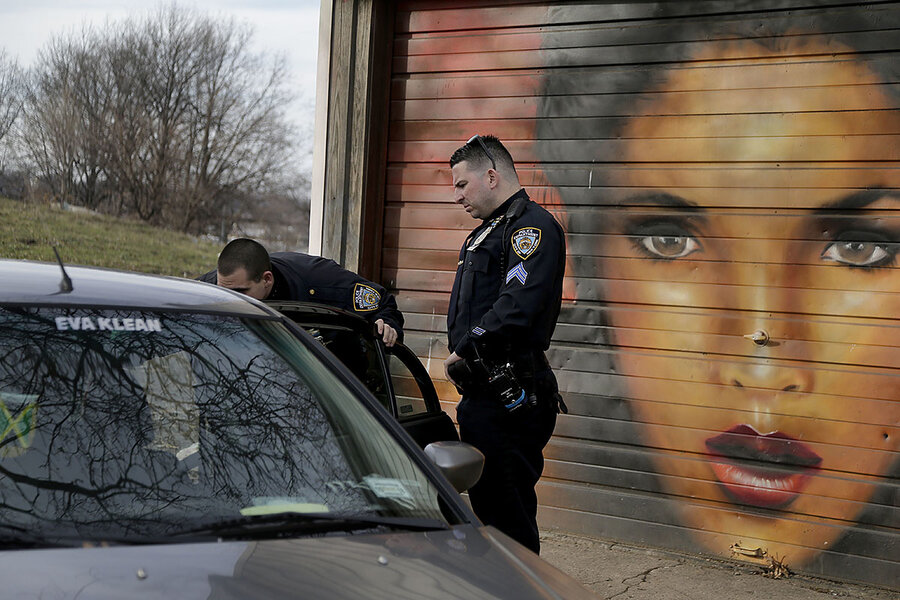Why New York crime has plunged to record lows
Loading...
| New York
Over the past two decades, even as crime rates all around the country were falling to record lows, the drop in crime in New York City was something special.
For the 27th straight year, crime is down again in the nation’s largest city – and once again to record-setting, jaw-dropping lows. In 2017, there were only 290 murders all year, officials estimate, smashing the previous record low of 333, set in 2014 – and an 87 percent decline from 1990, when there were nearly 2,262 murders.
In the United States as a whole, murder and violent crime have generally fallen by half since the 1990s, according to FBI statistics. That rate even falls up to 77 percent, according to Bureau of Justice Statistics, which surveys unreported crimes as well.
And while cities like Chicago and Baltimore contributed to a troubling uptick in the nation’s violent crime rate in 2015 and 2016, preliminary numbers indicate that overall crime in the US likely fell to near-record lows in 2017, compared with 25 years ago, according to the Brennan Center for Justice at New York University’s School of Law. The number of murders in Chicago, though still high, dropped 16 percent last year, from 771 in 2016 to 650 in 2017.
But New York City’s “mean streets” have become some of the safest in the nation. With a murder rate of 3.4 per 100,000 last year, the city that never sleeps, teeming with 8.5 million multiethnic residents living on top of each other, was comparable to sparsely-populated states such as Montana (with a murder rate of 3.5 per 100,000 in 2016), South Dakota (3.1), or Wyoming (3.4).
“To have a year like we had last year ... is nothing short of amazing,” said New York Police Department Commissioner James O’Neill in December.
He attributed the sharp declines to “precision” policing, which the NYPD has pioneered since the introduction of its CompStat system more than two decades ago. And along with aggressive anti-gang initiatives and a focus on getting guns off the streets, the commissioner said his department’s neighborhood policing initiatives have also strengthened ties with communities.
The drop in crime, too, comes as the NYPD is using less deadly force, has made far fewer arrests, and has dramatically curtailed the controversial stop, question, and frisk street tactic.
New York City cops stopped and frisked nearly 700,000 people, mostly young black and Latino men, in 2011. These numbers dropped to less than 46,000 in 2014, after a federal court ruled the NYPD’s stop-and-frisk procedures unconstitutional. In 2016, NYPD officers stopped roughly 12,400 people.
“Like many conservatives, I had grave concerns about curtailing the New York City police department’s controversial tactic of stopping and frisking potential suspects for weapons,” writes Kyle Smith, a critic of Mayor Bill de Blasio, in a National Review article, “We Were Wrong About Stop and Frisk.” “Crime is literally off the charts – the low end of the charts. To compare today’s crime rate to even that of ten years ago is to observe a breathtaking decline.”
The Trump administration has made a priority of reducing violent crime, citing the upticks in 2015 and 2016. The Justice Department in December noted that violence increased again in 2017 in cities such as Baltimore, which saw a record-high murder rate last year with 334 killings. Violent crime is also up in cities such as Charlotte, N.C.; Kansas City, Mo.; and Denver.
“This is all the more reason why the Department of Justice will keep focusing its efforts on fulfilling President Trump's promise to reduce violent crime, enhance public safety, and stem the tide of a devastating drug epidemic that is decimating communities across America,” said Justice Department spokesman Ian Prior, according to NPR.








